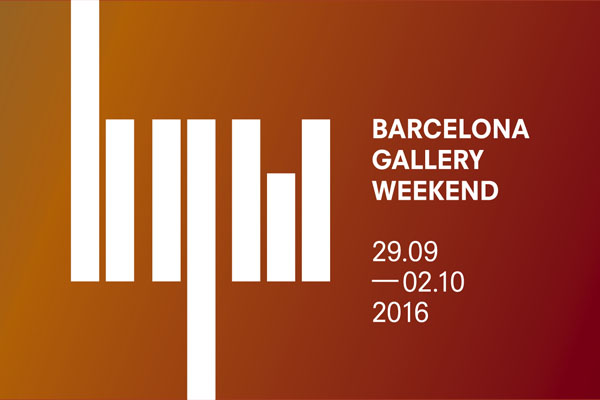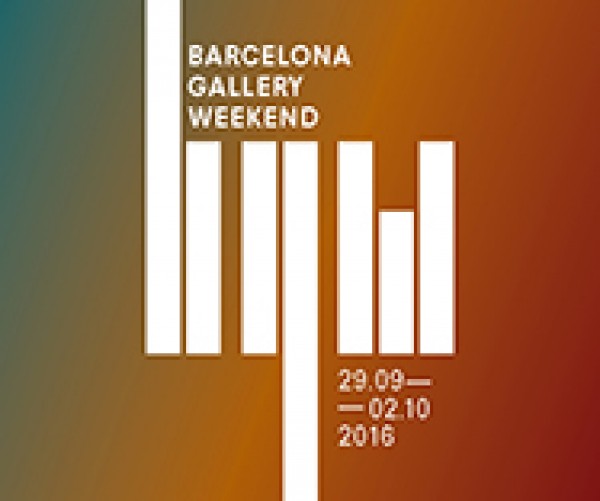Descripción de la Exposición
Throughout the last five decades, Ana Jotta has been building a very singular body of work which has granted her an increasingly international attention. Paradoxically, part of that singularity comes from her complete disregard for some of the most widespread “rules” of artistic practice. For instance: Ana Jotta has no intent on establishing a coherent, recognizable style, nor does her work circumscribe itself to one single media. In fact, she has paid as much attention to painting as she has done to sculpture, she has delved into drawing and experimented with etching, and knitting has sometimes graced her studio as well. However diverse and equally important, none of these activities has had so much attention from the artist as that which focuses on what we usually call the “found object”. As the name states, these are objects – things of the most diverse nature, really – which the artist comes across in her day-to-day life and whose qualities – formal, symbolic, conceptual, or other – somehow capture her interest in a special way. Actually, it’s fair to say that they resonate in her very own artistic imaginary, representing it in the same (metonymic) way a collectible represents the collection it belongs to. In this sense, these “found objects” form a collectivity of sorts, a growing body made of different parts, some of which stand exactly as they came about (and which the artist refers to as notas de rodapé [footnotes]), others having undergone a process of transcription into another medium, and others still getting combined, slightly altered, moderately edited, but rarely drastically transformed.
And so, in this exhibition we find clouds, miniature bikinis made of leather, phantom playing card paintings, labeling plates, painted screens, newspaper cuts, parts of old signs, flags, trays, calendars, or packs of fluorescent books: a perfectly sound image of a fragmented universe, moderately serious, purposely ironic, but ever so invested in testing and showing the capacity that the slightest things have to trigger our artistic experience.
_______________
While it has been widely exhibited in her native Portugal, Ana Jotta's work hasn't been presented in depth to the Barcelona public since the early 1990s.(1) So this mini-survey of her production from 1980 to the present, framed as part of the Barcelona Gallery Weekend, is overdue. "Abans que me n'oblidi (Before I forget)" begins (or ends) at the intermediary patio that one crosses before entering the main exhibition space at ProjecteSD. Part of a curved wall is covered with irregular patches of light gray and pale pink paint, as if emulating swatch tests for a redecoration. This playful gesture sets the tone for the exhibition inside, a somber and subtle palette of delicate intonations and provisional arrangements.
A dozen pieces are sparingly hung around the perimeter of the exhibition space. A large aquatint depicts a delicate wire fence (Untitled, 2002) and a portable projection screen is covered with a torrent of black-and-white strokes (Un Printemps 2008, 2008). This is the only work in the exhibition that appears to confirm Jotta's own reductive description of herself as a painter, despite having tackled all manner of craft, from embroidery to writing. The sleek finish of the blue steel wall piece Cloud (2013) contrasts with the patina of the first work one encounters—an old roll of brown paper tape on which the words of its title Que Sais-Je? [What do I know?] (2011) are written. What might read as a disarming lack of confidence on the part of artist—supposing she wrote this statement—also recalls the classic Socratic paradox (knowing that one knows nothing), as Jotta divests herself of any privileged insight into her own work. Her long-term habit of collecting found objects lies at the core of her practice, and her refutation of a recognizable style has generated much speculation about her artistic intentions. Jotta's métier is simply doing, working to, as Ricardo Nicolau put it, "dilute" herself as an author.(2)
Her ongoing series "Notas de rodapé" [Footnotes] provides a key to understanding the semantic complexity of her work. It comprises a selection of the eclectic bits and pieces which Jotta has gathered for decades and that coexist in her studio alongside works that she has fabricated. Displayed in the style of a chic flea market on the gallery's white built-in bench, there are, for instance, a bundle of Emilio Salgari's adventure books; a small faded Portuguese flag; a worn bar of soap fitted with yellow rollerskate wheels; torn pages from vintage magazines; wooden "J" and "A" letters; and an inlaid breakfast-in-bed tray decorated with an ornamental border on which the artist has written "FIN," as if it were a silent movie intertitle. Their denomination as "footnotes" is a curious choice—a footnote would normally expand or elucidate from the margins, yet here they occupy a central place in her oeuvre, lying outside any hierarchical relationship between art and non-art, humbly making their way back to her studio and recuperating their initial status as mere things once a show is over. Her insistence on maintaining an on-off relationship with this repertoire of objects is one of the most lucid links with Jotta's background as an actress and stage designer in Lisbon in the late 1970s. Actors and props play many parts; they have their exits and their entrances, taking on a new presence with each appearance on the stage.
A few days after the opening of the Barcelona show, I encounter some of Jotta's footnote objects in the form of a wallpaper, inside an architectural loop by Andreas Angelidakis (Collider, 2016), part of this year's Liverpool Biennial. In typical Jotta fashion, and despite her efforts to avoid a signature style for over three decades, there is the identifiable intention to generate resourceful loops and economize means of presentation: the wallpaper images are taken from the pages of her 2014 "Footnotes" publication, the same that is displayed in Barcelona among the cluster of Footnotes #4 (2016), which also includes the cardboard fragment that became its cover, propagating a correlation between the object, its form, and its reproduction.
Jotta's firm hand in the selection of her work for exhibition poses a challenge. How can her strong curatorial sense be reconciled with her constant undermining of any idea of her own authority? Jotta has forthright opinions on how her work is discussed. The catalog of her 2005 retrospective exhibition "Rua Ana Jotta" [Ana Jotta Street] at the Museu Serralves in Porto included letters addressed to curators, critics, and gallerists questioning their interpretative skills, as well as a self-interview.(3) Perhaps a letter to this author might appear one day, so take all of the above as my humble opinion. After all, que sais-je?
(1) Her previous solo exhibition was in 1993 at the now closed Galería Berini in Barcelona.
(2) Ricardo Nicolau, "S/he is Her/e," exh. cat. (Lisbon: Fidelidade / Chiado 8, 2008).
(3) Ricardo Nicolau, "A Entrevista Perpétua: Colecção de Serralves," in "Colecção Ana Jotta" e Convidados (Porto: Fundação de Serralves, Câmara Municipal, Porto Lazer, 2013), 13.
Mariana Cánepa Luna is co-director of the Barcelona-based curatorial office Latitudes. Latitudes is currently preparing a group exhibition for CAPC Musée d'art contemporain de Bordeaux in June 2017.

Mercado, 20 sep de 2016
Barcelona Gallery Weekend 2016: 23 galerías, 1 fundación y 5 proyectos comisariados
Por ARTEINFORMADO
Los comisarios locales Montse Badia, Joana Hurtado y Àlex Mitrani han conformado el comité de selección de los proyectos de las galerías participantes.

Exposición. 30 sep de 2016 - 26 nov de 2016 / ProjecteSD / Barcelona, España

Premio. 13 mar de 2025 - 27 abr de 2025 / Madrid, España
Componer Saberes para imaginar y construir futuros sostenibles

Formación. 01 oct de 2024 - 04 abr de 2025 / PHotoEspaña / Madrid, España